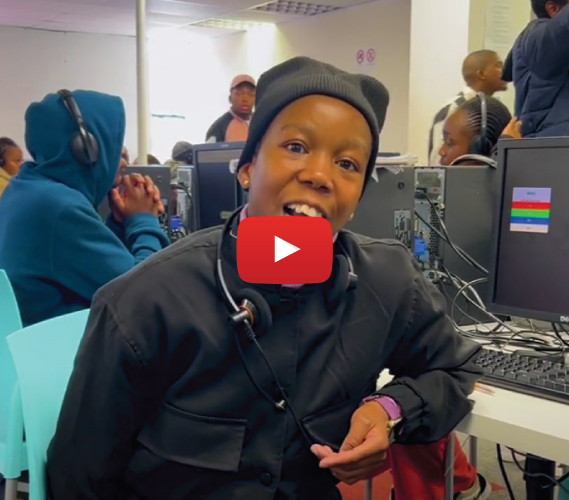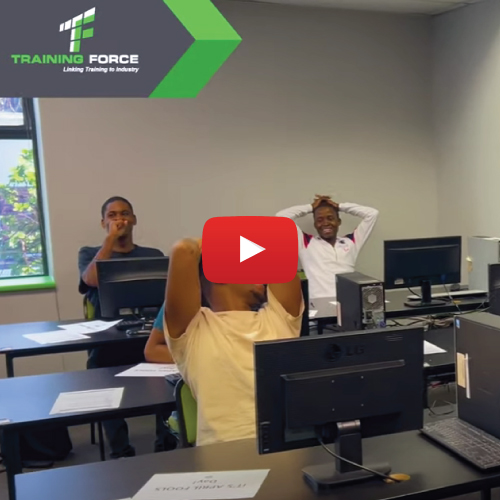
Many people living in South Africa’s rural and remote areas still face major barriers when it comes to accessing skills training. While training opportunities are widely available in urban centres, rural communities are often left behind due to limited infrastructure, resources, and access to accredited providers. However, offering structured, job-specific training in these areas is essential—not only for individual development, but for broader economic growth and improved employment outcomes.
Training in rural areas helps reduce unemployment, supports local industries, and improves productivity. Many people in these regions are willing to learn but often lack access to formal institutions or suitable training options.
Programmes that are aligned to industry needs and delivered within the community—such as mobile units, onsite training, and short practical courses—can address this gap. These help learners gain skills relevant to sectors like construction, agriculture, mining, and logistics, which are often active in rural areas.
This approach also supports local businesses by improving staff capability and ensuring compliance. Importantly, it allows individuals to develop skills and find work within their own communities, reducing the need to relocate in search of opportunities.
In this angle, Daniel Orelowitz, MD at Training Force will emphasise that with the right training methods and a clear understanding of local needs, training providers can help close the gap between urban and rural workforce readiness. Orelowitz will discuss that this contributes to stronger communities, better business performance, and a more inclusive economy overall.
Talking Points:
- What are some of the key challenges that rural and remote communities face when it comes to accessing skills training in South Africa?
- Why is it important to prioritise structured, job-specific training in these areas?
- How can mobile training units, onsite facilitation, and short practical courses help close the training gap in rural regions?
- Which industries or sectors benefit the most from skills training delivered in rural communities?
- In what ways does community-based training improve business operations and workforce capability in rural areas?
- How does providing training closer to home impact the social and economic stability of rural communities?
- What role should training providers play in aligning their programmes with the specific needs of remote areas?
- How can expanding rural training contribute to a more inclusive and balanced national economy?
- What are the 3-5 key messages that you would like to emphasise in this opinion piece?










